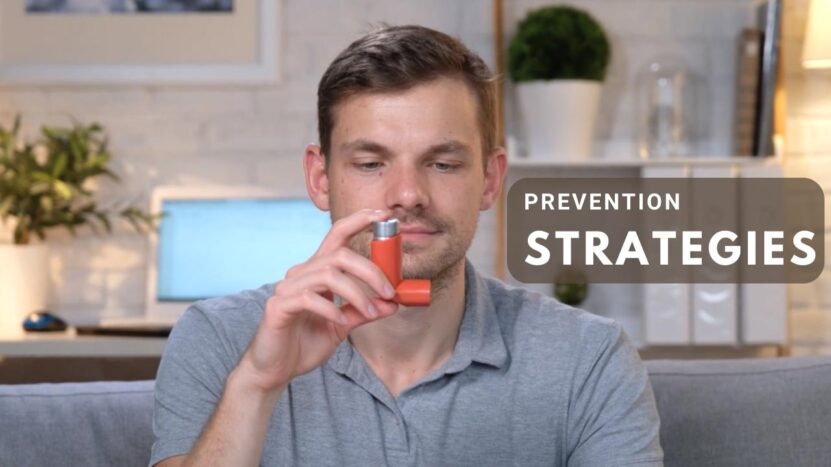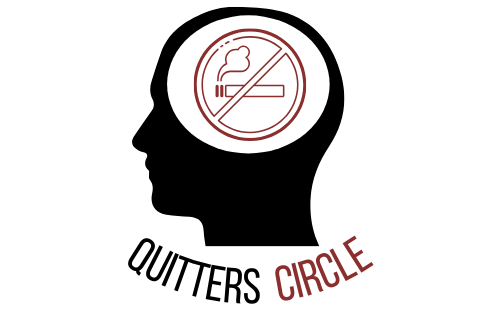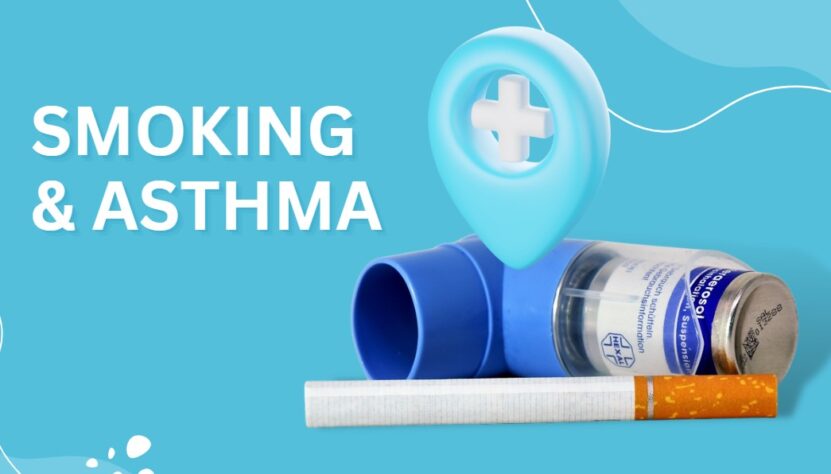Asthma, a chronic respiratory condition that affects millions of people worldwide, is a significant health concern that continues to demand our attention. In the United States alone, the year 2015 saw an estimated 18.4 million adults, constituting 7.6 percent of the population, reporting that they live with this condition.
Affects the airways in the lungs, causing them to tighten and produce excess mucus, which in turn leads to episodes of shortness of breath, coughing, and wheezing.
In this article, we aim to shed light on this prevalent health issue, providing you with essential facts about asthma. Our goal is to enhance your understanding of this condition, its impact on daily life, and the latest developments in managing and treating it.
Whether you’re an individual living with asthma, a caregiver, or simply someone interested in learning more about this common respiratory condition, this article will serve as a valuable resource.
The Mechanics of an Asthma Attack
- An attack can occur when an irritant causes a person’s airways to become swollen and inflamed.
- During an asthma flare-up, mucus fills the airways and the surrounding muscles contract, causing the bronchial tubes to narrow, making it difficult to move air in and out of the lungs.
- Symptoms of asthma attacks can include coughing, shortness of breath or trouble breathing, wheezing, tightness or pain in the chest.
- Very serious asthma attacks may be life-threatening.
- Tobacco smoke is one of the most common asthma triggers.
Smoking: A Dangerous Combination

Despite this, 21 percent of adults with asthma in the US reported that they smoked in 2010. Those who smoke and have asthma may be exacerbating their condition and putting their health, and the health of others, at risk. Whether you’re a smoker or supporter, below are some key facts on the relationship between smoking and asthma.
- Smoking cigarettes damages your lungs, decreasing and slowing the hair-like structures in your lungs called cilia. Cilia are necessary to clear mucus from the lungs, but when they are damaged they are unable to clear mucus. So having an asthma flare-up with damaged lungs can be especially serious. (But there’s some good news: 2 weeks to 3 months after quitting, your lungs function will start to improve!)
- Active smoking may decrease the effectiveness of some short-term treatments for mild. Make sure to speak to a doctor about medication that is right for your needs.
- Smoking while pregnant can increase the likelihood that a child will develop asthma. According to the European Respiratory Society, it is the “most important known modifiable risk factor for asthma” – meaning that not smoking is one of the most important things an expectant mother can do to prevent her baby from developing asthma. Additionally, not smoking can decrease the chances of premature birth, birth defects, and infant death.
Smoker’s cough is a condition that affects individuals who smoke, resulting in persistent coughing and various respiratory symptoms, and understanding its causes, symptoms, and remedies can provide valuable insights for those seeking information about the relationship between smoking and asthma.
The Risks of Secondhand Smoke
- Secondhand smoke comes from two sources: a burning cigarette and when a person who is smoking exhales. There is no risk-free level of exposure to secondhand smoke, which means that those around a smoker, including family, friends, and pets are exposed to the toxic and carcinogenic chemicals found in tobacco smoke. Secondhand smoke can trigger asthma attacks, including in children. This exposure can cause children with asthma to have more frequent and more severe asthma attacks.
- Those with asthma may suffer from flare-ups due to tobacco smoke, especially if they live in proximity to a smoker. For those who live in multi-unit living facilities, smoke-free housing programs and resources may be available.
If you’re a smoker who is worried about your health and the health of those around you, there is plenty you can do to improve your health and protect the health of others – namely, by quitting smoking.
It is never too late to stop smoking, as there are benefits to quitting at any age. Take the first step by talking to your healthcare provider today.
Prevention Strategies

Preventing asthma attacks is a crucial part of managing this chronic condition. One of the most effective ways to prevent an attack is to identify and avoid triggers. These can vary from person to person, but common triggers include allergens like dust mites, pet dander, and pollen, irritants like tobacco smoke and air pollution, respiratory infections, and physical activity.
Using preventive medications as prescribed by your healthcare provider is another key strategy. These medications, often in the form of inhalers, are designed to reduce inflammation in the airways and prevent symptoms from occurring.
Maintaining a healthy lifestyle can also help prevent asthma attacks. Regular exercise strengthens the lungs and helps maintain a healthy weight, both of which can reduce the severity and frequency of asthma symptoms. Eating a balanced diet, getting enough sleep, and managing stress can also contribute to overall health and well-being.
Treatment Options

Asthma treatment is typically a two-pronged approach: long-term control medications to prevent symptoms, and quick-relief (or rescue) medications to use during an attack.
Long-term control medications, such as inhaled corticosteroids, long-acting beta agonists, and leukotriene modifiers, are taken daily to reduce inflammation in the airways and prevent asthma symptoms.
Quick-relief medications, such as short-acting beta agonists, are used to relieve symptoms during an asthma attack. These medications work quickly to relax the muscles around the airways, allowing air to flow more freely.
In addition to medication, lifestyle changes can also play a role in treating asthma. This can include avoiding triggers, exercising regularly, maintaining a healthy weight, and not smoking.
Living with Asthma
Living with asthma involves more than just managing symptoms – it also means adapting your lifestyle to prevent triggers and maintain overall health.
Exercise is an important part of a healthy lifestyle, but it can also be a trigger for some people with asthma. It’s important to talk to your healthcare provider about safe ways to stay active. This might include using a quick-relief inhaler before exercise, warming up slowly, or choosing activities that are less likely to trigger symptoms, like yoga or walking.
Final Words

Living with asthma can be challenging, but with the right knowledge, treatment plan, and lifestyle adjustments, it’s entirely possible to lead a full and active life. Remember, everyone’s experience with asthma is unique. What works for one person may not work for another, so it’s crucial to work closely with your healthcare provider to develop a personalized asthma action plan.
If you’re a smoker with asthma, quitting smoking is one of the most impactful steps you can take to improve your health and the health of those around you. It’s never too late to quit, and the benefits begin almost immediately.

